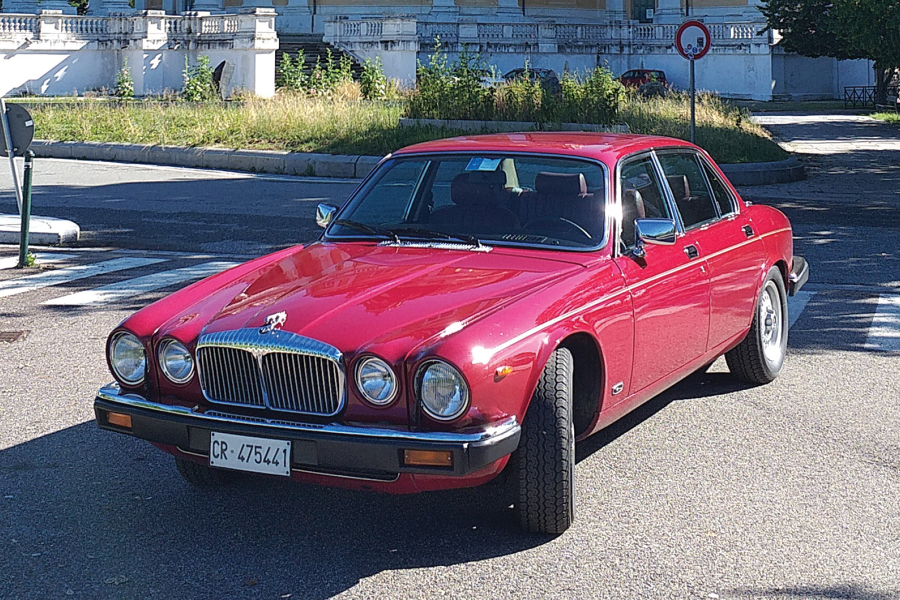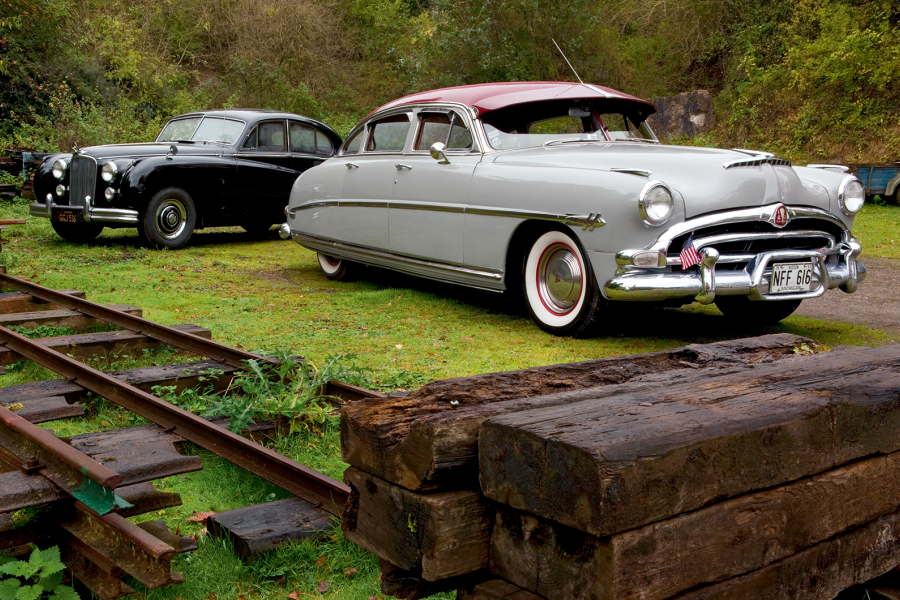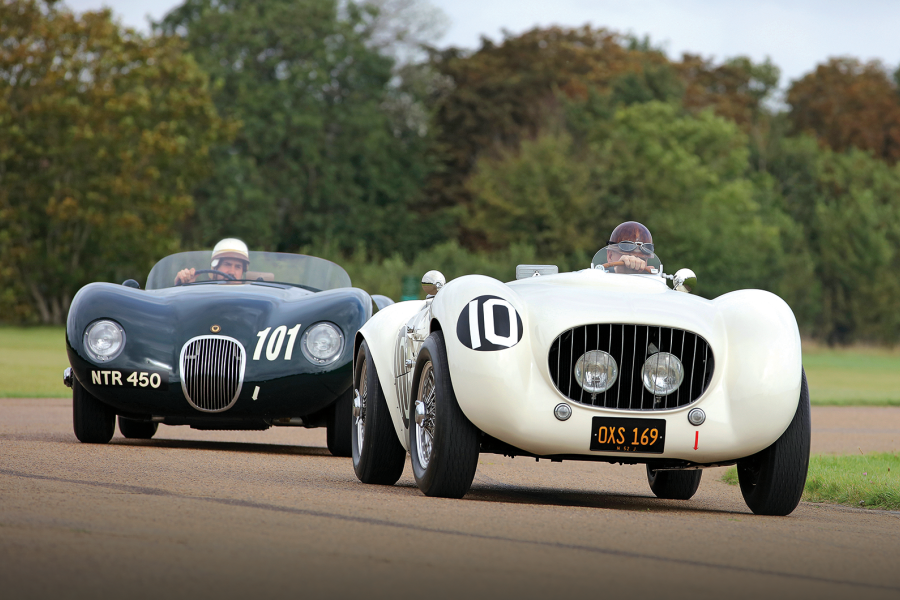The final step in the restoration came when Kantor was able to reunite the Jaguar with CD 373, the registration number it wore throughout his family’s ownership, and which had graced a number of the collector’s cars in the years since.
“Period Brighton registrations begin ‘CD’,” explains Kantor,“so you’ll find quite a few of the London to Brighton Veteran Car Run entrants have ‘CD’ numberplates – the Mayor of Brighton has CD 1.
“In those days, ‘CD’ also meant Corps Diplomatique, so we basically had diplomatic plates for the entire European continent!
“My mother used to drive the Jaguar abroad a lot and you could get away with murder. You could park anywhere, you could speed – as long as you were properly dressed, they just saluted and let you go.
“I had always kept that number, so it was the final touch.”
Now back where it belongs at last, Kantor’s XK150 is smart but not quite concours – “You can restore a car 15 times, but you can never replace original patina” – and driven in the manner its maker intended.
“It is not a sprinter, but it is an ideal grand tourer,” Kantor explains. “I’ve probably put about 10,000km on her since the restoration – you can take her up to about 130-135mph.
“I’ve gone straight past the French police on the way to judging at the Chantilly concours. They just see a chap with a grey beard, a CD registration plate and an old car!”
It seems certain that Kantor’s mother would approve: “She drove it at just about the same speed I’m sure! She drove it like hell.”
Words: Robert Puyal/Greg MacLeman
Images: Cathy Dubuisson
Factfile
Jaguar XK150 3.8 SE
- Sold/no built 1960-’61/809 (all fhc 3.8s)
- Construction steel chassis, steel body
- Engine iron-block, alloy-head, dohc 3781cc straight-six, twin SU HD6 carburettors
- Max power 220bhp @ 5500rpm
- Max torque 240lb ft @ 4000rpm
- Transmission four-speed manual, optional overdrive, driving rear wheels
- Suspension: front independent, by wishbones, torsion bars, anti-roll bar rear live axle, semi-elliptic leaf springs; telescopic dampers f/r
- Steering rack and pinion
- Brakes discs, with servo
- Length 14ft 9in (4496mm)
- Width 5ft 4½in (1638mm)
- Height 4ft 6in (1372mm)
- Wheelbase 8ft 6in (2591mm)
- Weight 3260lb (1480kg)
- 0-60mph 8secs
- Top speed 131mph
- Mpg 22
- Price new £1942 (1959)
- Price now £50-100,000*
*Prices correct at date of original publication
READ MORE
The Mercedes-Benz 300SL Gullwing smuggled out of Cuba
Behind the scenes of the last days at Bristol Cars
Meet the luxury Citroën 2CV























